43 e on food labels
Optional Nutrients On The Food Label - LabelCalc What Nutrients are Optional on the Food Label: Voluntary Nutrition Information. Gregory was thoroughly confused. He'd finished perfecting the recipe for his protein-packed energy bars, which he'd been selling at the local Farmers Market for the past year. His product was wildly popular, and several customers had asked if they could buy his ... How to Identify Gluten on Food Labels - Verywell Health According to the rule, manufacturers must ensure that their products contain less than 20 parts per million (ppm) of gluten in order to carry the "gluten-free" label. 1. Some gluten-free advocates insist that the FDA standard is inadequate and that symptoms can develop at 10 ppm and lower.
Is It Vegan? | Vegan Label Reading Guide | Veganuary Don't worry. It still is vegan. This warning is a legal requirement; it doesn't mean the item contains animal products. 5. A few things to watch out for…. 'Dairy-free' or 'lactose-free' doesn't necessarily mean vegan - in fact, more often than not, they're not vegan. Read these labels as you would any other.

E on food labels
Food labels - Better Health Channel Under labelling laws introduced in Australia in 2003, virtually all manufactured foods must carry an NIP. There are exceptions to the labelling requirements, such as: very small packages and foods like herbs, spices, salt, tea and coffee single ingredient foods (such as fresh fruit and vegetables, water and vinegar) food sold at fundraising events Understanding Food Nutrition Labels | American Heart Association 1 - Start with the serving information at the top. This will tell you the size of a single serving and the total number of servings per container (package). 2 - Next, check total calories per serving and container. Pay attention to the calories per serving and how many calories you're really consuming if you eat the whole package. E number - Wikipedia E numbers ("E" stands for "Europe") are codes for substances used as food additives, including those found naturally in many foods such as vitamin C, for use within the European Union (EU): 27 and European Free Trade Association (EFTA). Commonly found on food labels, their safety assessment and approval are the responsibility of the European Food Safety Authority (EFSA).
E on food labels. E-Numbers Listed on Food Labels - EzineArticles The one thing that we do know it that they have to be listed on the package. The names of the colourings and preservatives and chemicals are so long that a numbering method was designed to take less room on the package. The E stands for European for by a range of number for each category. How to understand food labels | Eat For Health The Nutrition Information Panel on a food label offers the simplest and easiest way to choose foods with less saturated fat, salt (sodium), added sugars and kilojoules, and more fibre. It can also be used to decide how large one serve of a food group choice or discretionary food would be and whether it's worth the kilojoules. What does the e symbol on foods actually represent? How to Understand and Use the Nutrition Facts Label | FDA - U.S. Food ... You can use the label to support your personal dietary needs - look for foods that contain more of the nutrients you want to get more of and less of the nutrients you may want to limit. Nutrients...
What Food Label Symbols Mean | Custom Label Blog Listed below are food label symbols you can find in the marketplace. American Grassfed: The American Grassfed Association (AGA) offers the first and only all-American grass-fed certification in the United States. The AGA certifies beef, bison, dairy, lamb, and goat. Other animals, like chicken and pigs can be pasture-raised (and USDA organic ... E numbers (food additives) | DermNet Foods sold in the European Union (EU) have had full ingredient labelling since the mid-1980s. These include standard codes (E numbers) that accurately describe additives used in the production of food. These numbers are also used in Australia and New Zealand but without the E. Many of these additives were once of natural origin. How To Read Food and Beverage Labels - National Institute on Aging Although frozen and canned fruits and vegetables have food labels, fresh varieties often do not. You can find nutrition information for fresh vegetables and fruits on the USDA website. Or you can call the U.S. Department of Agriculture's Food and Nutrition Information Center at 301-504-5414. Understanding percent Daily Value (% DV) Differences between EU and US nutrition labels go far beyond ounces and ... The US. In the US, the Food and Drug Administration (FDA) is responsible for labeling. The agency's rules for what must be included on a packaged product's label; what can, under certain ...
Approved additives and E numbers | Food Standards Agency Titanium dioxide. From 7 February 2022 the use of titanium dioxide (TiO2 - E171) as a food additive is no longer permitted in the EU and in Northern Ireland, due to the application of the Northern Ireland Protocol, following the publication of Commission Regulation (EU) 2022/63, amending Annexes II and III to Regulation (EC) No 1333/2008.. This regulation was published with a 6-month ... Food labels (sometimes also referred to as nutrition facts labels) can be defined as panels on the packaging of food containing information about the nutritional value of the food item. There is a variety of different food labels out there and there had been extensive discussions in the past about whether food labels are beneficial or not. Food Labeling Requirements - LabelCalc New August 2019 FDA Industry Guidance for Food Labeling: Folate, Niacin, Vitamins A, D & E. As of August 2019, the FDA released new guidance for the industry concerning food labeling for certain micronutrients listed on the nutrition facts label on food products.. Folate, Niacin, as well as Vitamins A, D, E are all receiving a do-over in their appearance on the nutrition facts label to be more ... What's that little 'e' symbol? | Dieline - Design, Branding & Packaging ... The tolerable negative error is related to the nominal quantity and varies between 9% on prepackages nominally 50 g or mL or less, to 1.5% on packages nominally 1 kg or L or more. The estimated sign looks like a lower-case "e" and its shape is precisely defined by an EU directive.
USDA ERS - Food Labeling The Nutrition Facts Label (NFL), mandated through the 1990 Nutrition Labeling and Education Act (NLEA), is a familiar feature on packaged food. The label has changed only slightly since its inception in 1994, with trans fat added in 2006 to the nutrients required to be listed.
E-labels on foods - newtech.law The EU's Food Information to Consumers Regulation (1169/2011), which has been in force for nearly two years, was designed to simplify the rules on labelling of foods so that food labels would be clear, legible and understandable for consumers.
Food labels: What are additives and E-numbers? - AngeNoy.com What are E-numbers? E-numbers are reference code numbers given to different chemicals that have undergone safety tests and been approved for use as food additives throughout the European Union. These are usually shown as numbers with or without and 'E' before them (for example, E101 or just 101).
A vegan's guide to reading food labels - Vegan Food & Living E Numbers on food labels As well as this, food additives can create another issue. All food additives in Europe must be marked on the ingredients list and are given an E number, which can make navigating labels a little more difficult. Many of these E numbers are fine for vegans, however there are a few to look out for that are not cruelty-free.
Food labels - NHS Some front-of-pack nutrition labels use red, amber and green colour coding. Colour-coded nutritional information tells you at a glance if the food has high, medium or low amounts of fat, saturated fat, sugars and salt: red means high amber means medium green means low In short, the more green on the label, the healthier the choice.
Food-Info.net : What does the e-sign mean on a label The e -sign on a food label indicates that the volume or weight of the product is an average value. Packaging machines in the food industry are not completely accurate; there will always be a margin of inaccuracy.
How to read food labels: MedlinePlus Medical Encyclopedia Always check the serving size first. All the information on the label is based on the serving size. Many packages contain more than 1 serving. For example, the serving size for spaghetti is most often 2 ounces (56 grams) uncooked, or 1 cup (0.24 liters) cooked. If you eat 2 cups (0.48 liters) at a meal, you are eating 2 servings.
Nutrition Chapter 2 - Study Questions Flashcards | Quizlet d. cheddar cheese. e. cottage cheese. B. Nutrient dense refers to foods that ____. a. carry the USDA nutrition labeling. b. are higher in weight relative to volume. c. provide more nutrients relative to kcalories. d. contain a mixture of carbohydrate, fat, and protein e. give the most protein for the consumer's food dollar. C.
Food Labels | CDC - Centers for Disease Control and Prevention If you eat the whole thing, you are eating 8 times the amount of calories, carbs, fat, etc., shown on the label. Total Carbohydrate shows you types of carbs in the food, including sugar and fiber. Choose foods with more fiber, vitamins, and minerals. Choose foods with lower calories, saturated fat, sodium, and added sugars. Avoid trans fat.
Understanding Food Labels - Nutrition: Science and Everyday Application ... The value printed on the Nutrition Facts panel is the percent DV, which tells you how much one serving of the food contributes towards meeting the daily requirement for that nutrient. The FDA uses the following definitions for interpreting the %DV on food labels:4. 5%DV or less means the food is low in a nutrient.
Food labels - Canada.ca Safe Food for Canadians Regulations ; Publications. Food labelling coordination; Voluntary sodium reduction targets for processed foods 2020-2025 ; All related publications; Consultations. Share your thoughts: Consultation on the development of voluntary guidance for providing food information for foods sold to consumers through e-commerce
Food Labeling & Nutrition | FDA Food labeling is required for most prepared foods, such as breads, cereals, canned and frozen foods, snacks, desserts, drinks, etc. Nutrition labeling for raw produce (fruits and vegetables) and...
Packaging and labelling | Food Standards Agency Labelling requirements. For non-prepacked food, the name of the food, presence of any of the 14 allergens, and a QUID declaration (for products containing meat), must be provided to consumers. This can be done: (a) on a label attached to the food, or. (b) on a notice, ticket or label that is readily discernible by an intending purchaser at the ...
E number - Wikipedia E numbers ("E" stands for "Europe") are codes for substances used as food additives, including those found naturally in many foods such as vitamin C, for use within the European Union (EU): 27 and European Free Trade Association (EFTA). Commonly found on food labels, their safety assessment and approval are the responsibility of the European Food Safety Authority (EFSA).
Understanding Food Nutrition Labels | American Heart Association 1 - Start with the serving information at the top. This will tell you the size of a single serving and the total number of servings per container (package). 2 - Next, check total calories per serving and container. Pay attention to the calories per serving and how many calories you're really consuming if you eat the whole package.
Food labels - Better Health Channel Under labelling laws introduced in Australia in 2003, virtually all manufactured foods must carry an NIP. There are exceptions to the labelling requirements, such as: very small packages and foods like herbs, spices, salt, tea and coffee single ingredient foods (such as fresh fruit and vegetables, water and vinegar) food sold at fundraising events









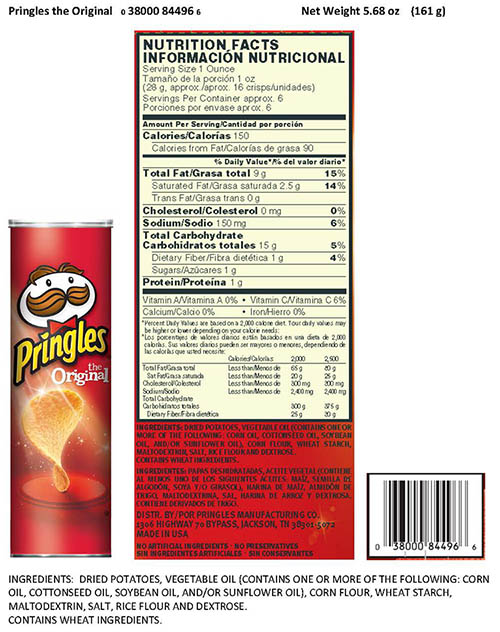




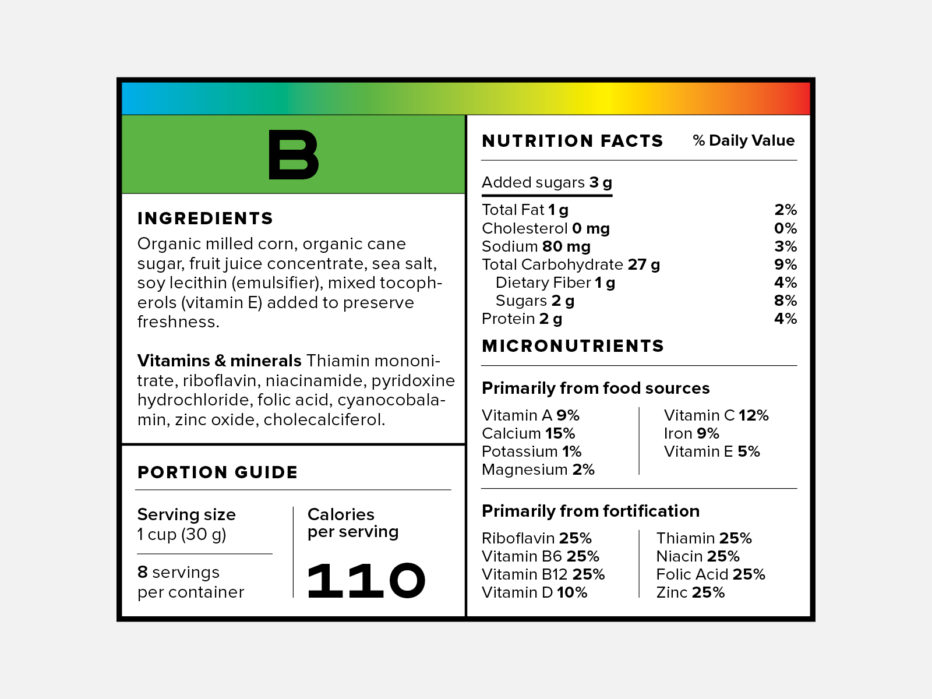


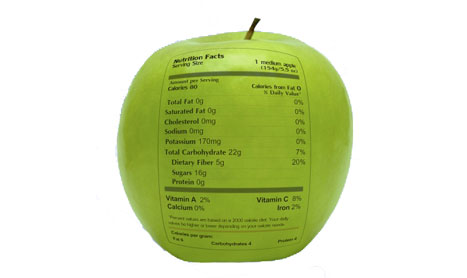

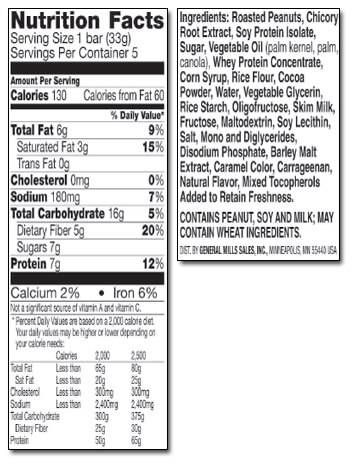












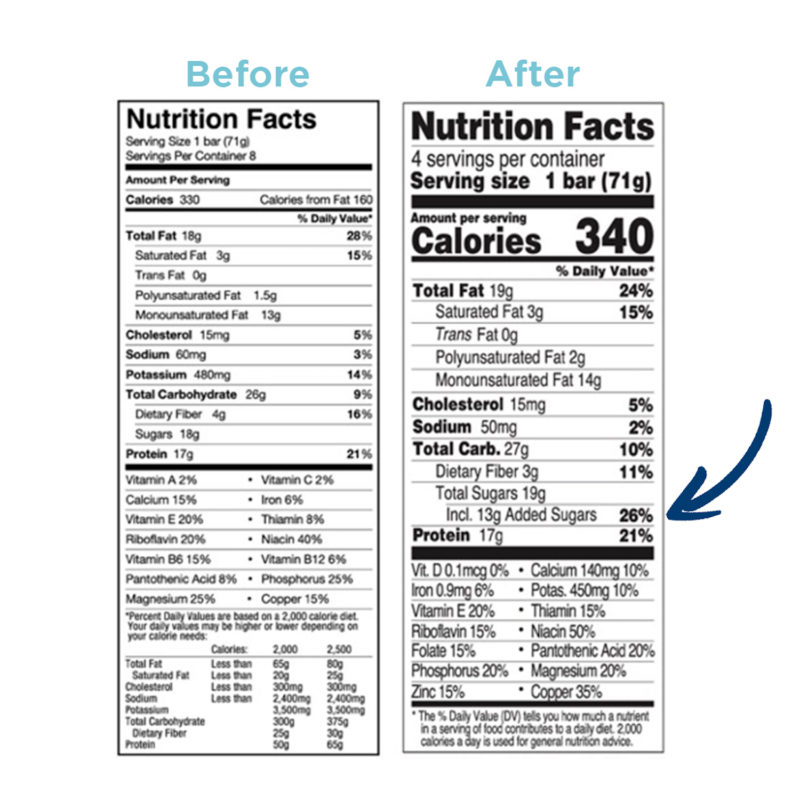

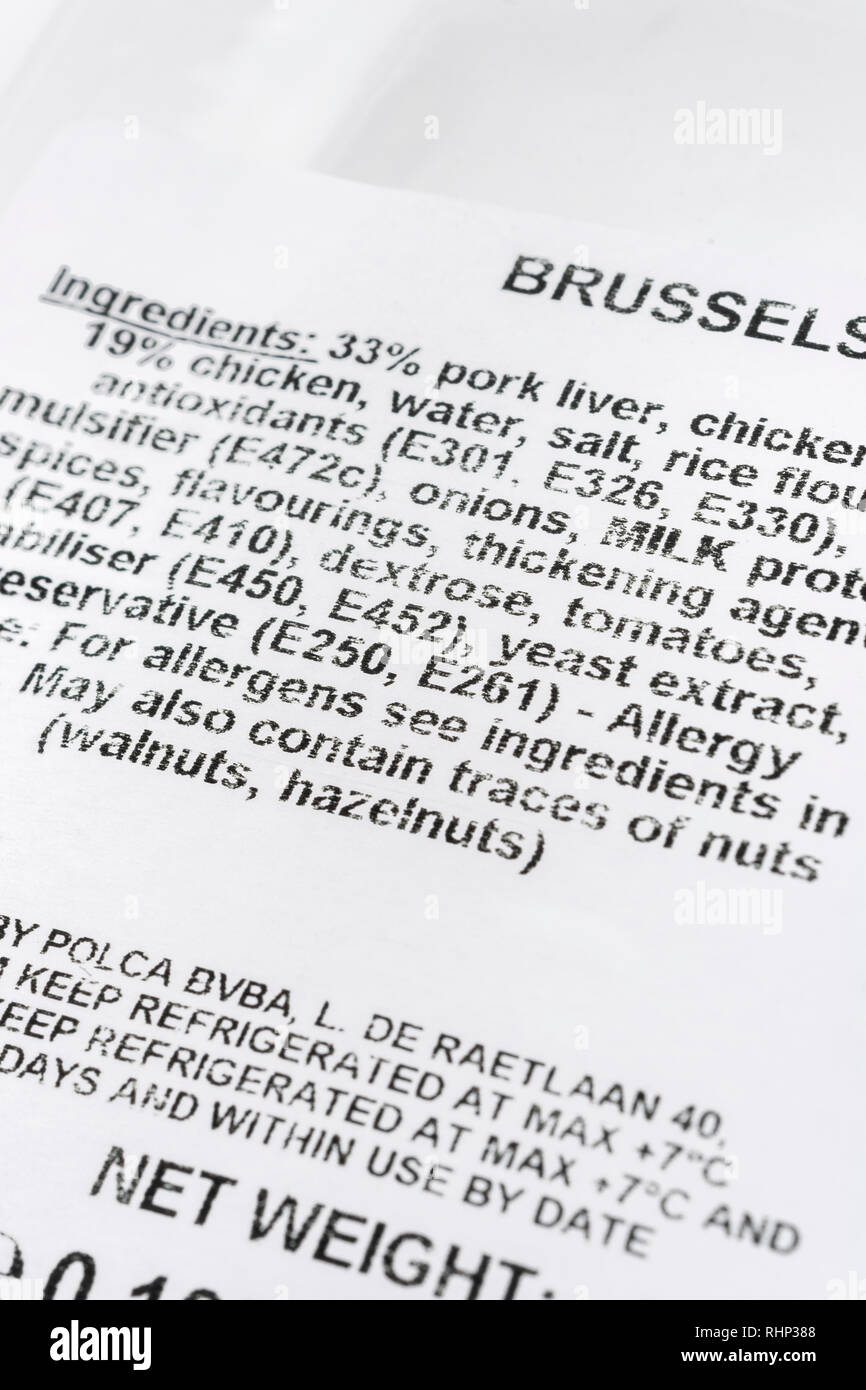



Post a Comment for "43 e on food labels"